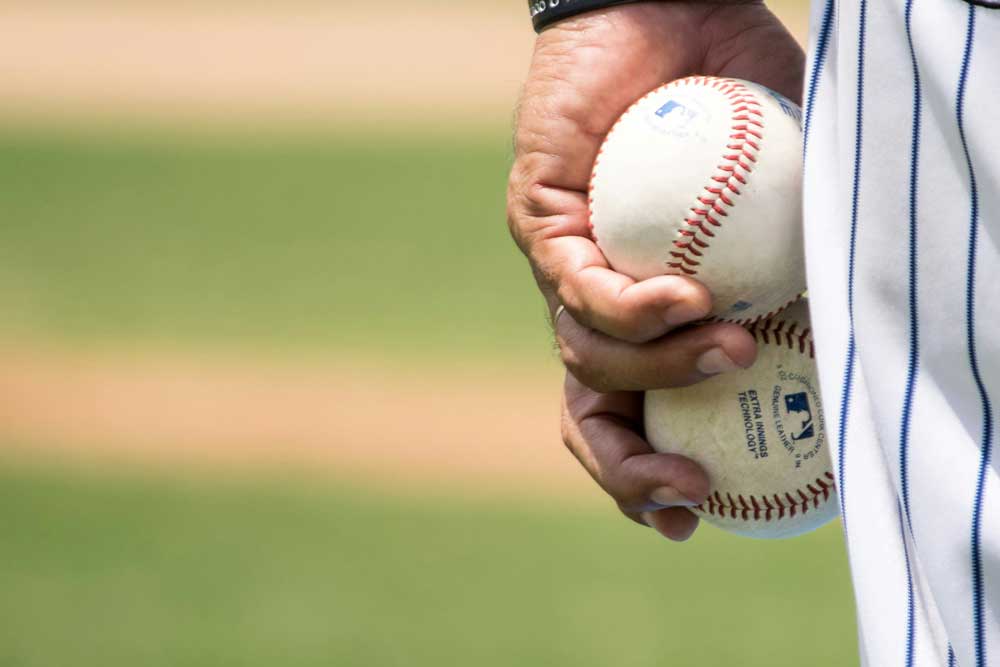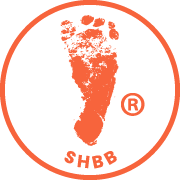Running Hot: How to Lower the Risk of Heat Sickness for Student Athletes
The Mehlville Panthers and the Oakville Tigers have hit the field, preparing for the upcoming season. Regular practice and workouts boost endurance and fine-tune skills and strengthen player performance. Most importantly, these practices build stronger teams who learn to work together toward the goal of a winning record.
July and August bring extreme heat and high humidity, and players are often expected to play through the scorching days. When is it too hot to play sports? Parents and coaches must protect teens (and younger children); here’s how to prevent heat sickness when athletes need to practice during hot summer days.
Table of Contents:
Key Takeaways:
Late summer sends football teams and student-athletes to the practice fields to work out and prepare for the season. Extreme heat increases the risk of heat exhaustion and heat stroke. Proper hydration, frequent breaks, and evening practices help to ensure players don’t get overheated and suffer from heat-related emergencies.
How to Workout in Extreme Heat Safely!
Student-athletes need to exercise caution when working out in hot weather. Some teams hold practices in the evenings when the weather is cooler. Day practices or team workouts may be unavoidable, but all players and coaches should keep a few safety precautions in mind when temperatures soar:
- Offer frequent breaks for drinking and rest. Fluid loss leads to dehydration, increasing the risk of heat exhaustion (or heat stroke).
- Choose light-colored, breathable fabrics.
- Wear sunscreen!
- Know when to stop. Listen to the body’s cues; cramps, dizziness, and disorientation are major warning signs.
- Go inside when possible. Opt for a gym day during extreme heat; save the field practices for cool evenings.
How Much Water to Drink In Hot Weather
Proper hydration is crucial during hot weather. Athletes may wonder how much water to drink when exercising or practicing outdoors in the heat. According to the Centers for Disease Control, proper hydration in the heat requires that individuals consume eight ounces of water every 15 to 20 minutes. In addition, athletes should hydrate before they step onto the field to begin practice.
Be aware that thirst is indicative of dehydration. When athletes feel thirsty, their body is already in a state of dehydration.
Electrolyte Water vs. Regular Water
Beverage manufacturers now infuse some water with electrolytes. Is electrolyte water better than regular water?
The University of New Hampshire explains that electrolyte drinks are beneficial for specific circumstances, including long workouts (defined as 75+ minutes) or when working out in extreme heat. On an ordinary day, electrolyte beverages (including infused water) are not ideal; remember that these drinks restore minerals and electrolytes lost from sweating (or sickness). There is no distinct benefit for the drink if there is no electrolyte loss. The university explains that these beverages also may pose harm to individuals with hypertension.
Benefits of Electrolyte Drinks
Electrolyte drinks restore electrolytes lost from heavy perspiration. It’s important to understand that the benefit of these drinks only exists when an individual loses electrolytes. Sports drinks and electrolyte water provide balance when athletes work out vigorously for long durations or when exercising in extreme heat (leading to heavy perspiration and electrolyte loss). Regular water should be the drink of choice for most other situations.
What is Heat Exhaustion?
Extreme heat poses health dangers. Without proper hydration, breaks, and cool-downs, the body becomes overheated–a condition known as hyperthermia. Heat exhaustion is another term for overheating.

Heat exhaustion is preventable with the right precautions. When working out or playing sports in the heat, hydration and frequent breaks all help keep the body cool. Overexertion leads to overheating and more serious issues.
Signs of Heat Sickness
Some individuals refer to heat exhaustion as heat sickness. Knowing the signs of a heat emergency or heat exhaustion can help athletes and coaches know when and how to respond. The signs of heat exhaustion include:
- Fast pulse
- Heavy perspiration
- Feeling dizzy or faint
- Headaches
- Cramping
- Feeling nauseated
A quick response can remediate symptoms. The best treatment for heat sickness or heat exhaustion is to move the individual to a cooler area, encourage them to rest, and ensure they hydrate.
Heat exhaustion can progress to heat stroke. This is a medical emergency, and is marked by an elevated body temperature (+103 degrees fahrenheit), confusion, loss of consciousness, fainting, nausea, and headache. Call 911 when heat stroke is suspected, move the individual to a cooler location, and use cool compresses to try and bring the body temperature down when waiting for first responders.
Why Are Children More Susceptible to Heat Exhaustion?
Younger children also may be practicing sports in the heat. Children are more susceptible to heat exhaustion because their bodies are smaller; heavy physical activity increases their body temperature more rapidly, increasing their risk for heat sickness and exhaustion.
Always ensure younger athletes take frequent breaks, cool down appropriately, and, most importantly, that they stay hydrated!
Stay Cool and Safe, Athletes!
Mehlville Fire Protection District wants all student-athletes to exercise caution when practicing and working out in extreme summer heat. Drink plenty of fluids, take frequent breaks, and know the signs of heat sickness. Listen to your body, and don’t be afraid to speak up when you feel unwell!




